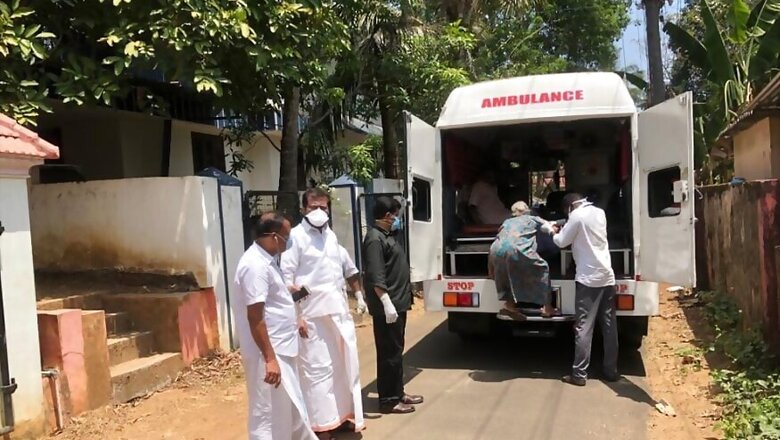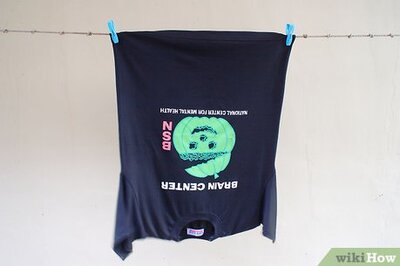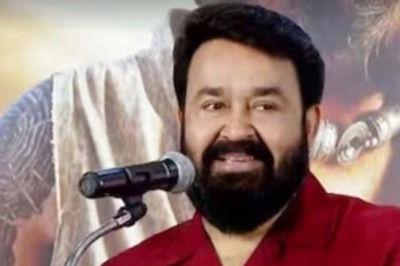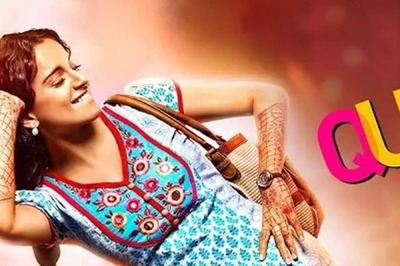
views
Thiruvananthapuram: Kerala, the state which reported first positive case of coronavirus in India on January 30, has been putting all efforts since then in innovating and building better healthcare facilities to contain the further spread of COVID-19. When the state reported country’s first case, the patient was already kept in isolation and all contacts of the infected patient were traced within 24 hours as a precautionary measure to contain the spread.
Leading the fight from front against the deadly coronavirus in Kerala is its Health Minister KK Shailaja, who says, “The southern state reported its first positive case of the virus a month before New York, the city in US which has reported over 1 lakh positive cases so far, while Kerala has only 306 cases at this time.”
In interview to CNN-News18, Shailaja, better known as Shailaja Teacher, recalled the lessons being learnt from planning and strategizing and also talked about the factors that helped to contain the further spread of the virus. She said, “Kerala has a capacity to handle upto 8,000 patients at a time, if the need ever arises.” Here are the excerpts from the interview:
As 306 cases have been reported in Kerala so far, how are you seeing this situation? Do you think that things can be under control?
We had a very good planning and operation. We are trying our best since beginning to control this pandemic. We were on alert as soon as we got to know about the emergence of this kind of a deadly virus first in Wuhan. On January 24 itself, we set up our control rooms in all districts. In the first phase, we had three cases and we immediately traced their contacts. Through early isolations, we made sure the virus does not get spread.
The actual problem occurred when a lot of people returned to the state after Gulf countries started reporting their cases. Our policy was airport screening and taking symptomatic patients to isolation wards in hospitals. People with no symptoms and travel history were asked to be on self-quarantine. There were some who ignored such guidelines, but many followed.
If we compare New York and Kerala, so New York reported its first case a month after Kerala did. And now, New York has over 1 lakh positive cases, while Kerala has 306 cases.
All the departments are working so well. We have been able to death with the situation due to good planning and convergence of every department.
Kerala has been in the front line of defence right from the beginning and the efforts were lauded. What do you think Kerala has done right?
We had set our own protocol, advisories and guidelines in par with the ICMR guidelines. We read researches on what happened during the time of Ebola, SAARS, etc. Some health experts joined us and formed guidelines. We have this Ardram mission, as part of that, we have been giving continuous training for all health staff, including ASHA workers. The contact tracing process has helped us a lot to handle situation from making it worse in the state. My entire health team is very enthusiastic and we have been getting very good response from everyone, including our cleaning staff. Our first victory was that we successfully saved the elderly couple aged between 88 and 93-years-old.
We have been talking about rapid testing, when can we start that and what is the benefit of this test?
The problem for all the test, rapid test or PCR, is the lack of testing kits. Rapid test is good to find whether there is community spread or not. We cannot test on asymptomatic patients on a large scale as it can create false narrative. If there is a lot of false negative, it will give a wrong sense of security which is not good. We decide to do rapid test to find out if we have community spread.
What are the facilities that we have in terms of number of beds, ICU and ventilators?
We have about 1, 25,000 beds for COVID-19 patients as a part of plan A. According to our plan B, we can add more beds in private hospitals, hotels and even schools, if need arises. We have around 5,000 ICU beds for coronavirus positive patients and 2,500 ventilators separately them. We have ordered another 2,500 ventilators and expecting to be delivered in next two weeks. We can manage more about 8,000 patients at a time in COVID-19 special hospitals, if case of emergency.
We were expecting more cases but we controlled it with our strict vigil. Over 80 per cent of the cases were those who came to the state from abroad after the pandemic was declared.
Do we have enough protective gear for doctors, nurses and health workers?
Since beginning, there is scarcity for Personal Protective Equipment (PPE) and N95 masks, but we have ordered it from all possible sources. We have these protective gears for all those entering the isolation wards. As of now, we have sufficient but if the number of cases increase then it will become a problem. But yes, we have ordered more.
How many of the health staff are working at the moment?
More than 60,000 health personnel, including ASHA workers, doctors, nurses, nursing assistant, cleaning staff and many others.
Human resources is precious, we cannot send everyone in the front-line at once. We have second and third layer, when the front line gets tired then we will send the second set to the front line.
One of the nurses had contracted the virus after taking care of the patient, so is it due to the lack of protective gear?
She had all the protective gears. The staff nurse was handling the elderly couple when she got infected with the virus. I spoke to her, she is a brave girl. She told me that she had all the needed protective gears but as patients were too aged so she had to go close to them to talk. So, she had to go very close to the patient to hear them and communicate. Sometimes she had to hold the patients when they were about to fall from bed or need something. She took utmost care of the elderly patients like a family member. I am very happy that the nurse has also recovered from the virus.


















Comments
0 comment